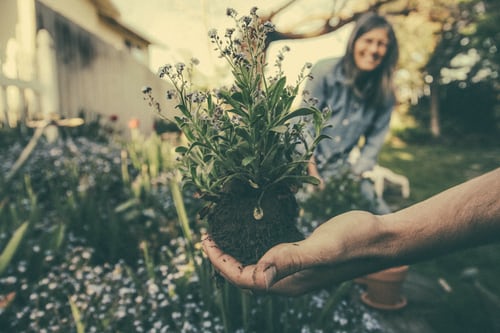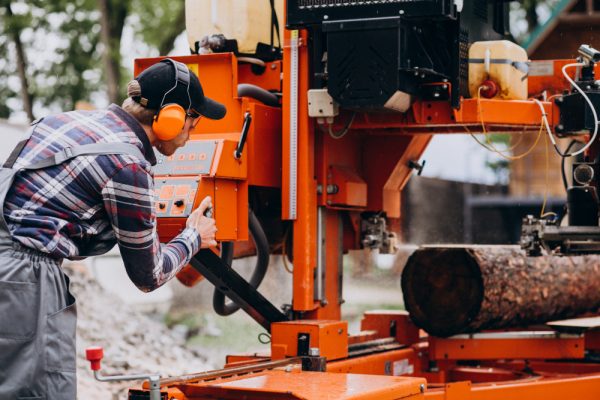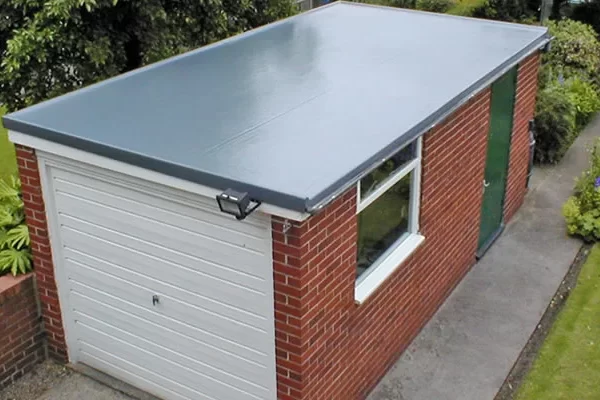The pH level of your garden soil determines the kind of plant you will grow in your garden. This is because certain plants will not thrive in certain pH soils. Hence, there is a need for you to learn how to alter the pH level to fit the kind of plants you want to grow. Let’s see how to alter the pH levels of your garden soil.
While a lot of garden soils’ pH levels range from 5.0 to 8.0, sometimes the pH might not fall within this range which means it has to be increased or reduced. To determine the pH of your garden soil, you will have to make use of any of the best digital PH meters available in the market. With the aid of one of these meters, you will be able to learn if your soil is very acidic, or very alkaline or just right.
How can you even tell if your soil is any of the above? Simple, the numbers do not lie. What we mean by that is if the meter records anything below 6.0, then it means it is very acidic. On the other hand, anything above 7.5 is regarded as very alkaline, and a good number of vegetables will not thrive in such soil.
In most cases, the location of your garden has a large say on its pH level. Locations with climates that experience heavy rainfall located eastward of the River Mississippi are usually acidic. On the other hand, westward locations where there is less rainfall are usually alkaline.
Knowing the acidity or alkalinity level is not enough, you need to know how to alter it so that you can plant what you want. When a soil’s acidity is above average, then you can alter it by adding limestone. In the same vein, if your soil’s alkalinity is above average, by adding sulfur, you can alter it. You can get sulfur or limestone from a garden center in your locality.
The fact that sulfur and limestone alter pH does not mean you should just dump it into your garden; doing so might have a negative effect and worsen the situation. Therefore, to get the best result, you need to add the right amount of the required substance.
A lot of soil labs and garden and law centers usually have charts that show you the amount of limestone or sulfur that you need to apply to alter pH levels. Therefore, in the charts below, we will show you the right amount of these substances in pounds you need to add to your garden soil for every 1,000 square feet to correct the imbalance.
Although your garden may not be that large, you can use the table to calculate what is required for your garden.
Amount of Limestone Required to Increase Garden pH
| pH | Amount for Different Soils: | ||
| Sandy | Loam | Clay | |
| 4.0 to 6.5 | 60 pounds | 161 pounds | 230 pounds |
| 4.5 to 6.5 | 50 pounds | 130 pounds | 190 pounds |
| 5.0 to 6.5 | 40 pounds | 100 pounds | 150 pounds |
| 5.5 to 6.5 | 30 pounds | 80 pounds | 100 pounds |
| 6.0 to 6.5 | 15 pounds | 40 pounds | 60 pounds |
Amount of Sulfur Required to Lower Garden pH
| Current pH | Desired pH | ||||
| 6.5 | 6.0 | 5.5 | 5.0 | 4.5 | |
| 8.0 | 30 | 40 | 50 | 60 | 70 |
| 7.5 | 20 | 30 | 40 | 50 | 60 |
| 7.0 | 10 | 20 | 30 | 40 | 50 |
| 6.5 | 10 | 20 | 30 | 40 | |
| 6.0 | 10 | 20 | 30 |
How to Add Sulfur or Limestone to your Garden
While there are more ways to add these substances to your solid, the best and highly recommended way is to make use of a drop spreader. This is the machine that is also used for lawn fertilizer application.
This machine is not expensive; however, if you do not want to buy it, you can ask some nurseries to loan you theirs or you rent one. With this machine, the substances can be spread more evenly.
Another way you can apply these substances is to do it by hand. However, you will need to make use of a glove and exercise extra caution while doing so. Visit http://npic.orst.edu/factsheets/sulfurgen.html to check out these sulfur fact sheets. Irrespective of the method you choose in applying the substances, ensure that the soil is well worked after you are done.
It is important to know that in order to get the best results when applying these substances, you need to ensure that your soil has been tilled to at least 4 – 6 inches deep.
Limestone Types
There are different limestone types that can be used to alter soil pH. It is important to know these types to ensure that you get one that will not affect the nutrient requirements of your soil. Furthermore, it will help you get the type that contains the necessary nutrient needed by your soil.
Let us take a look at the types, shall we?
Dolomitic
This type contains both magnesium and calcium. Although magnesium is not part of the trinity of nutrients; NPK (Nitrogen, Phosphorus, and Potassium) needed by every soil, it is one nutrient that most soil labs will likely test for. It plays a vital role just as calcium in ensuring plant growth.
We recommend that you use this dolomitic limestone if your garden soil is lacking in magnesium. You will definitely be glad you did.
Pulverized
This doesn’t contain magnesium and is the commonest and least expensive limestone type. Hence, you can get it almost anywhere.
Pelletized Pulverized
This one is slightly expensive than the pulverized type. However, it is cleaner, has less dust, and can be used more easily than the other two types.
Sulfur Types
Interestingly, sulfur does not have types as limestone does. It has a powdered form and could contain other nutrients mixtures such as magnesium sulfate and ammonium sulfate.
Conclusion
In this article, we have discussed how you can alter the pH of your garden soil to make it suitable for your plants. If you have any questions, feel free to let us know in the comments section.





